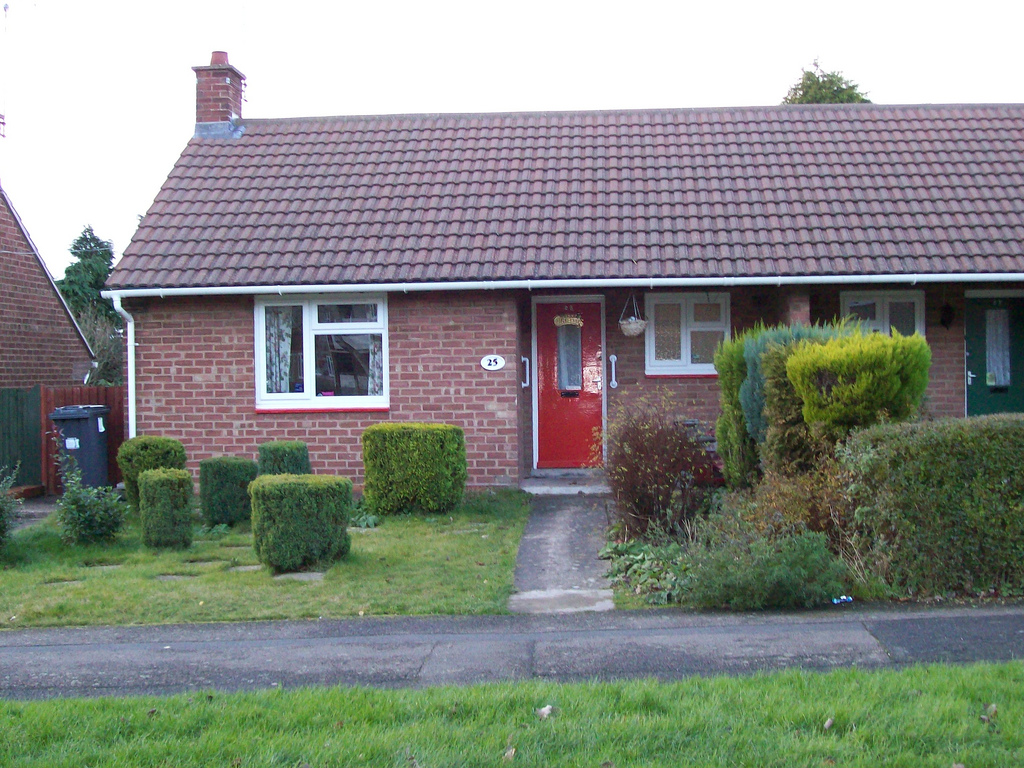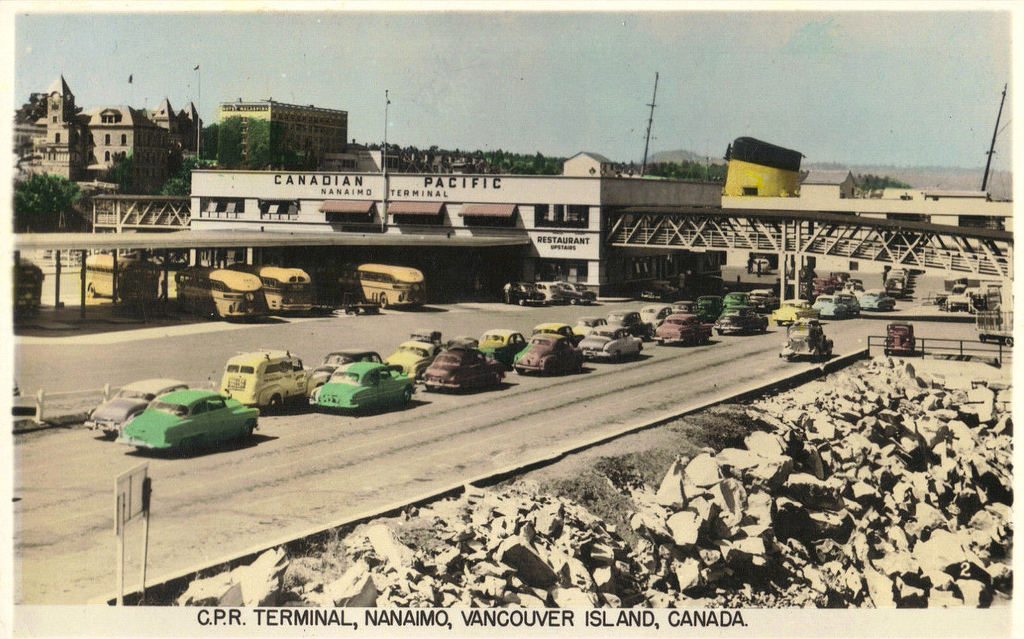The fighting during World War II mainly took place in Europe, meaning that several European countries had to rebuild their cities. They needed human and material resources to build new infrastructure and repair what was damaged. Canada contributed to the reconstruction of Europe by providing resources to the war-torn countries. This created many jobs in Canada and benefited the Canadian economy.
During the early 20th century, many goods were rationed for years due to the two world wars. In between the two wars, the Great Depression caused harsh economic conditions for Canadians. After World War II, increased employment brought about almost universal prosperity in Canada, giving the people greater buying power. During this prosperous period, suburbs and numerous infrastructures such as highways were created. A major baby boom spread across Quebec and Canada.
The post-war era stimulated urban growth and sprawl. The growing popularity of cars and the expanding road network led to the creation of suburbs around existing cities. Those who were previously unable to buy a house now had access to credit, and more money, making a purchase possible. Single-family bungalows became increasingly popular in the suburbs.

As suburbs were built and the number of cars grew, new roads and highways became essential. In most cases, the aim was to connect the suburbs to each other, but more importantly to connect each suburb to the nearest big city, where the jobs and services were located. To easily transport goods and resources, new highways were built to connect major North American cities. Canada’s road network was no exception and was significantly expanded during this period. The biggest expansion occurred between 1949 and 1962, when Canada invested in creating an 8000-km-long highway. Crossing Canada from east to west, this highway was named the Trans-Canada Highway.

The declining birth rate caused by the two world wars and the Great Depression quickly started to rise again. This significant increase in the birth rate began in 1950 and continued until 1965.
The birth rate (births per 1000 inhabitants per year) increased: in 1945, it was 24.3 births per 1000 inhabitants, and in 1946, it was 27.2. The birth rate remained between 27 and 28.5 until 1959, when it started to decline. During this time, there were 1.5 million births in Canada, averaging 100 000 children per year. This period is referred to as the baby boom.
Several causes can explain the rise in births:
-
Men returned from the war in Europe.
-
On average, women had more children, compared to the period between the two wars and the Great Depression of 1929.
-
Couples married young.
-
Those who postponed their weddings due to hard times finally got married in 1945.
-
The infant mortality rate declined.
The birth rate also increased among Indigenous Peoples. Between 1960 and 1980, the Indigenous population more than doubled from 21 000 to about 50 000. In addition to the factors mentioned above, the sedentarization of certain peoples also contributed to the increase in births. There was also a baby boom elsewhere at this time with the United States and Europe seeing a significant increase in births.